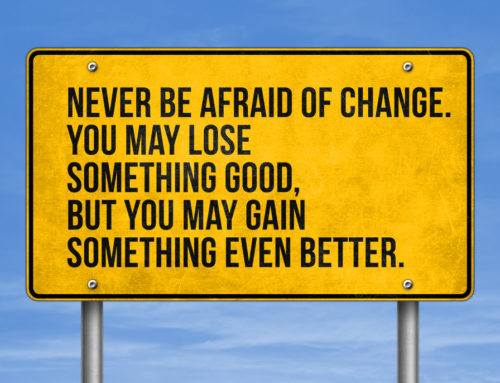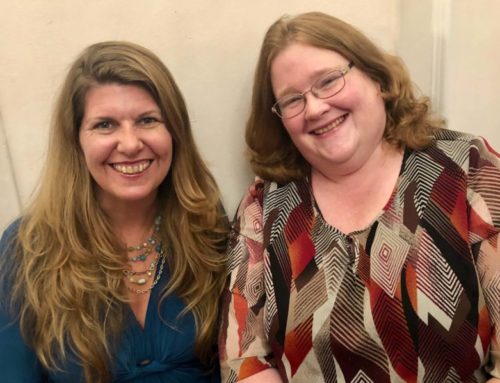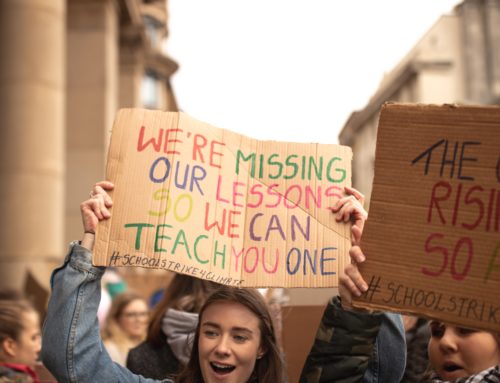Have you ever noticed that the world – and our experiences of it – turns out to be pretty much how we expected it to be, pretty much all of the time? Whether you’re an optimist or a pessimist, religious or atheist, right wing or left wing, the evidence we choose to see will generally corroborate what we choose to believe (a theme explored in this post.)
 Our observations and conclusions about the world, positive or negative, go on to shape how we experience events, occurrences and relationships yet to come. This is a process that starts from when we are first born. If Christmas was a time of stress, arguments and money worries when you were a child, you may find you dread it as an adult and mirror the fretting you saw in your parents. Similarly, if spending time with your in-laws over the festive season over the past few years has rendered you wound up and tense by New Year, your inevitable defensiveness is likely to trigger the same thing again the next time you spend Christmas with them.
Our observations and conclusions about the world, positive or negative, go on to shape how we experience events, occurrences and relationships yet to come. This is a process that starts from when we are first born. If Christmas was a time of stress, arguments and money worries when you were a child, you may find you dread it as an adult and mirror the fretting you saw in your parents. Similarly, if spending time with your in-laws over the festive season over the past few years has rendered you wound up and tense by New Year, your inevitable defensiveness is likely to trigger the same thing again the next time you spend Christmas with them.
The poet-philosopher Noah benShea illustrates the point perfectly:
If you colour a large red dot on a piece of blank paper and stare at for one minute, then lower the paper and stare at a blank wall, you will, remarkably, discover that the blank wall suddenly has a red dot on it. What we see in life usually has a lot to do with what we’ve been looking at. Or need to see. Or want to see. Charlie Chaplin once won 3rd prize in a Charlie Chaplin look-alike contest.
If we can see a red dot on a blank wall after staring at it for only a minute, imagine what we see or think we see as a result of what, or who, or how we’ve been staring, or taught to stare, at things for a year, or five, or fifty.
In the War to Peace workshop, we talk about being ‘in the Red’ when we are in conflict with ourselves, other people or events. So if you’re seeing red this Christmas (and not in a Rudolph’s nose kind of way), think of Noah benShea’s dot and consider asking yourself what you have been choosing to stare at in the past and how that might be affecting what you see now.
PS We call being at Peace ‘in the Green’, which is also a fittingly festive colour – mistletoe, Christmas trees or holly leaves, anyone?
Over to you
How are your experiences of the festive season and the people you spend time with in the holidays informed by what you’ve been focusing on in the past?
Could you, or someone you know, benefit from War to Peace®?
If you, or someone you know, could benefit from learning more about how to remain effective and untriggered at work and at home, consider War to Peace®. These workshops can be held in your workplace and away from it. Spaces for our next public course that anyone may attend can be booked here:





Leave A Comment